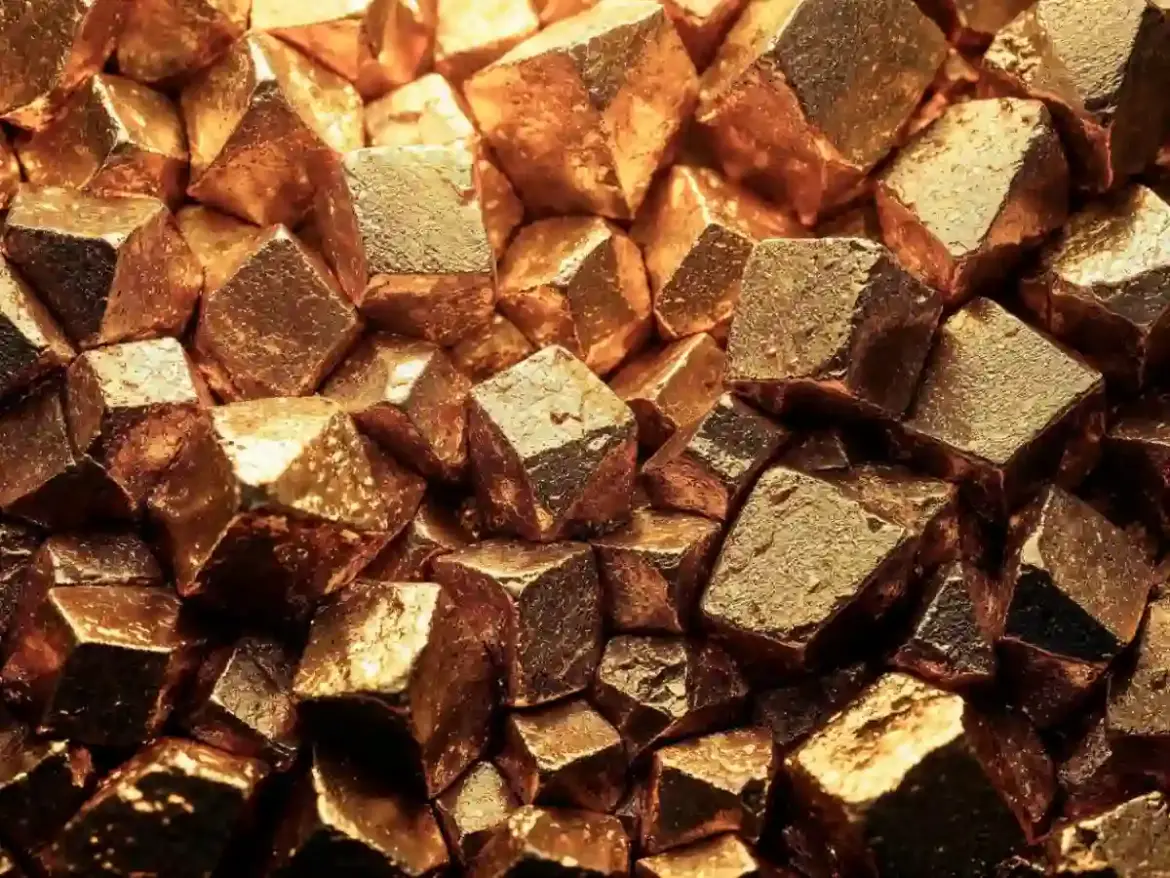The global mining world is buzzing after geologists uncovered one of the largest gold deposits ever recorded in Hunan province, China.
Preliminary estimates suggest the deposit could contain nearly 1,000 metric tons of gold, with a market value of roughly $83 billion at today’s prices.
Experts say this discovery could reshape the global gold industry.
Unveiling the Wangu Deposit
Known as the Wangu deposit, the site contains around 40 gold-bearing veins reaching depths of nearly 3 kilometers.
Early estimates suggested only 300 tons of gold, but recent assessments have shown the potential is far greater.
Chen Julin from Hunan’s Geological Bureau highlighted the richness of the find: “Visible gold has been found in many drilled rock cores.
The gold content is extraordinary, averaging 138 grams per ton of ore—roughly 20 times higher than typical global deposits, which yield about 8 grams per ton.”
Why This Discovery Matters
The Wangu find carries significant implications for both mining and the global economy:
-
Record-breaking reserves: South Africa’s largest gold mine, South Deep, holds about 900 tons—potentially less than what Wangu could produce.
-
Market influence: China already accounts for around 10% of the world’s gold production. This new discovery strengthens its global dominance in precious metals.
-
Scarcity: Accessible gold deposits are increasingly rare, and deep exploration is costly, making Wangu a particularly valuable find.
Challenges in Extracting Deep Gold
While the discovery is thrilling, extracting gold from such depths is far from simple.
-
Ore bodies are located several kilometers underground.
-
Advanced, expensive technologies are needed for extraction.
-
Environmental regulations limit the use of destructive mining methods.
Some experts suggest the world may be approaching a “gold peak,” a point when massive new discoveries become rare.
Yet, deposits like Wangu prove that substantial reserves still await discovery.
How Gold Pockets Form
For decades, scientists believed gold formed from hot solutions seeping through quartz veins.
More recent research suggests that seismic activity also plays a role.
Earthquakes and sudden pressure changes can concentrate gold in rock fractures, producing rich veins.
Monash University geologist Chris Voisey explained: “While the old theory remains popular, it doesn’t explain the formation of rich nuggets. Seismic processes appear more convincing.”
New Frontiers in Gold Science
Gold isn’t just valuable for jewelry and finance. In April 2024, scientists created “golden” material just one atom thick, which behaves as a semiconductor and could revolutionize electronics.
While not directly tied to mining, breakthroughs in material science complement geological research, opening new possibilities for gold applications.
The Next Steps in Hunan
So far, 55 wells totaling 65 kilometers have been drilled in the Wangu area, with work ongoing.
Hunan Mineral Resources Group aims to increase reserves by at least 55 tons by the end of 2025.
Comprehensive geological surveys may uncover even more gold, potentially cementing this as the largest gold discovery in history.
If projections hold, the Wangu deposit could not only rewrite the geological map but also alter the global balance of power in the precious metals market.



